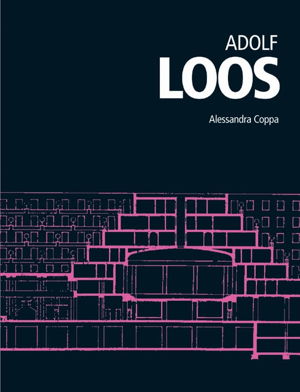
Published24 Ore Cultura, October 2013 |
ISBN9788866481485 |
FormatHardcover, 120 pages |
Dimensions31.5cm × 23.8cm × 1.8cm |
Isolated from the architectural climate of his day and at odds with the principles of the Vienna Secession, Austrian-born Adolf Loos, with his 'Neo-Rationalist' constructions and the reform of architectural language, which opposed the ornament in favour of pure utility, laid the very foundations for the Modern Movement.
And yet for Loos the architect's trade was none other than a revival of the skills of both the craftsman and the mason, supported by a profound sensitivity for chromatic and spatial aspects, in the belief that the rooms in a house 'stimulated states of mind in the person who inhabited them'. This was Loos' theory of Raumstimmungen, which he developed in his writings. It is hardly surprising that his most famous project - which remained an unrealised icon - re-proposes the image of an immense black granite Doric column, presented in 1922 for the competition for the 'Chicago Tribune' newspaper headquarters. By transforming a column into a habitable building, Loos' project broke away from the form of the skyscraper of modern American history, and suggested the idea of architecture inspired by Antiquity.
A new Antiquity that would make way for an unstoppable tendency, from the curved line to geometry, from form to function, and all based on the awareness that the true modern style must represent the end of all styles, and the rebellion against ornament, i.e. 'houses wearing a wig and bloomers'.

